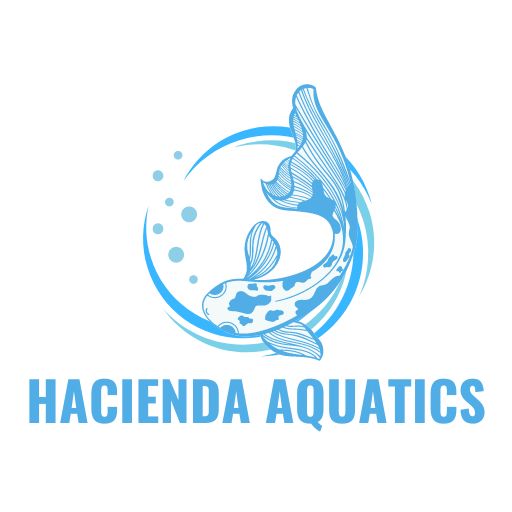Aquatic Knowledge
How to Take Care of Koi Fish in a Tank: A Complete Guide
Koi fish are traditionally known for their presence in outdoor ponds, where they can grow to their full size and thrive in spacious environments. However, keeping koi fish in a tank is entirely possible, especially for those who may not have the luxury of an outdoor space. Learning how to take care of koi fish in a tank requires a balance of proper tank setup, water quality management, and regular maintenance to ensure their health and happiness. Let’s dive into everything you need to know to successfully care for koi fish indoors.
Understanding Koi Fish and Their Needs
Before we get into the specific steps of how to take care of koi fish in a tank, it’s essential to understand what makes koi fish special and what their basic needs are. Koi fish, descendants of the common carp, are large, vibrant, and can live for several decades. However, their size and long lifespan mean that they require a much more detailed care routine than smaller aquarium fish.
Why Choose a Tank for Koi Fish?
While koi fish are typically housed in outdoor ponds, there are some valid reasons why you might choose a tank instead:
- You may not have the space for an outdoor pond.
- The climate where you live might not be ideal for an outdoor setup.
- You might be starting small with juvenile koi before transferring them to a pond later.
Consider the Long-Term Size of Koi
Koi fish can grow up to 3 feet long, so the tank they live in must accommodate their potential size. Even if they start small, it’s crucial to plan ahead to avoid needing a major tank upgrade later on.
How to Take Care of Koi Fish in a Tank
Let’s go step by step into how to take care of koi fish in a tank and ensure you’re doing everything right from the start.
Choosing the Right Tank Size
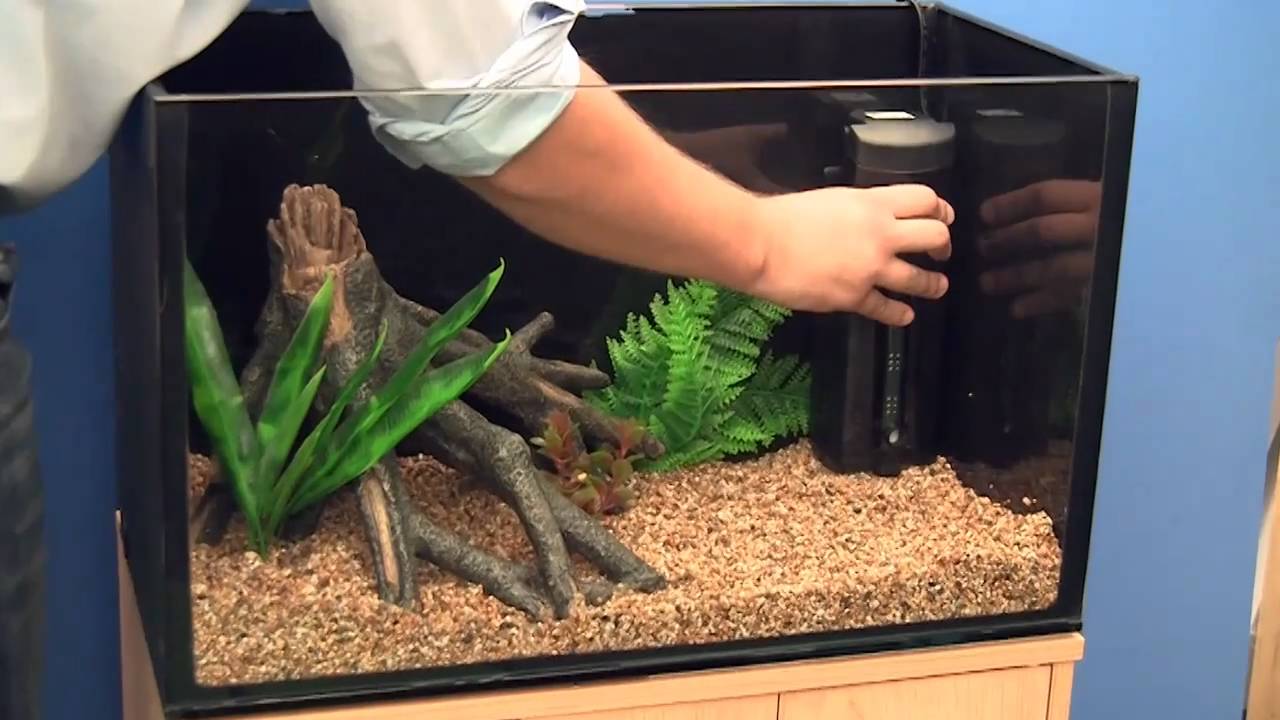
Tank size is one of the most critical factors when learning how to take care of koi fish in a tank. Koi need plenty of room to swim, and they are not like your average small aquarium fish.
- Minimum Tank Size: For a single koi, a tank should be at least 100 gallons. If you plan on keeping multiple koi, you’ll need at least 50 gallons more for each additional fish.
- Shape of the Tank: A long, wide tank is better than a tall, narrow one because koi are active swimmers and require horizontal space.
Water Quality and Filtration
Keeping the water clean and free from harmful substances is essential to your koi’s health. Koi produce a lot of waste, so a strong filtration system is a must.
- Filtration System: Choose a filter that’s designed for large fish and can handle the heavy bioload that koi produce. A combination of mechanical, biological, and chemical filtration is ideal.
- Water Changes: Perform regular water changes of about 20-30% every week to keep ammonia, nitrite, and nitrate levels in check. This will help maintain optimal water quality.
Temperature and Water Parameters
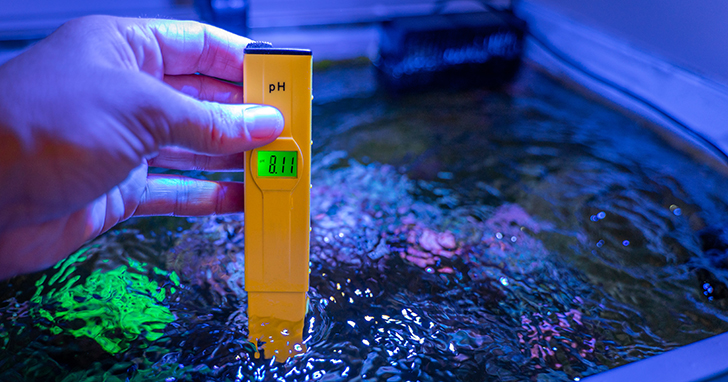
While koi are hardy fish, they still require stable water conditions. Knowing the correct water temperature and parameters is crucial for their health.
- Ideal Temperature: The ideal water temperature for koi is between 65°F and 75°F (18°C to 24°C). If you live in a colder area, you might need an aquarium heater to keep the water within this range.
- pH and Hardness: Keep the pH levels between 7.0 and 8.5. Koi also prefer slightly hard water, so ensure you’re testing for water hardness regularly.
Feeding Koi Fish in a Tank
Feeding koi in a tank is slightly different from feeding smaller aquarium fish. Koi have hearty appetites and grow quickly, so their diet needs to be well-balanced.
What to Feed Koi
Koi are omnivores, which means they’ll eat both plant and animal-based foods.
- Pellets: High-quality koi pellets should be the primary food source. Choose a formula that is rich in proteins and other essential nutrients.
- Vegetables: Koi love fresh vegetables like lettuce, spinach, and peas. These can be blanched and fed as occasional treats.
- Protein Treats: Offer protein-rich foods like bloodworms or brine shrimp once or twice a week, especially for younger koi.
How Often to Feed Koi
Koi have fast metabolisms, but overfeeding can lead to poor water quality and health issues.
Feeding Frequency: Feed your koi 2-3 times a day, but only what they can eat within a few minutes. Remove any leftover food to prevent it from decaying in the tank.
Tank Mates for Koi Fish

While koi are generally peaceful, they do require careful consideration when it comes to choosing tank mates. Not all fish are suitable to live with koi.
Best Tank Mates for Koi
Koi can live with other large, peaceful fish that thrive in similar water conditions.
- Recommended Tank Mates: Goldfish (particularly large varieties), Orandas, and Shubunkins are often compatible with koi.
- Avoid Small Fish: Avoid keeping koi with smaller fish, as they might view them as food.
Aggression and Space Concerns
Overcrowding can lead to stress and aggression, even among peaceful fish. Always ensure that your tank is large enough for all inhabitants and that there are plenty of hiding spaces.
Maintaining a Koi Fish Tank
Regular maintenance is key to keeping your koi healthy and your tank clean. With their large size and heavy waste production, koi tanks require more attention than smaller aquariums.
Weekly Cleaning Routine
Keeping the tank clean is essential to prevent disease and ensure water quality.
- Gravel Vacuuming: Use a gravel vacuum to clean the substrate and remove any waste or leftover food that has settled at the bottom.
- Algae Control: Koi tanks are prone to algae growth, especially if the tank receives natural sunlight. Use an algae scrubber to clean the tank walls regularly.
Filter Maintenance
Koi tanks require powerful filtration, and the filter needs regular attention to function efficiently.
How Often to Clean the Filter: Clean or replace filter media every 2-4 weeks, depending on how quickly it gets dirty.
Preventing Common Koi Fish Diseases
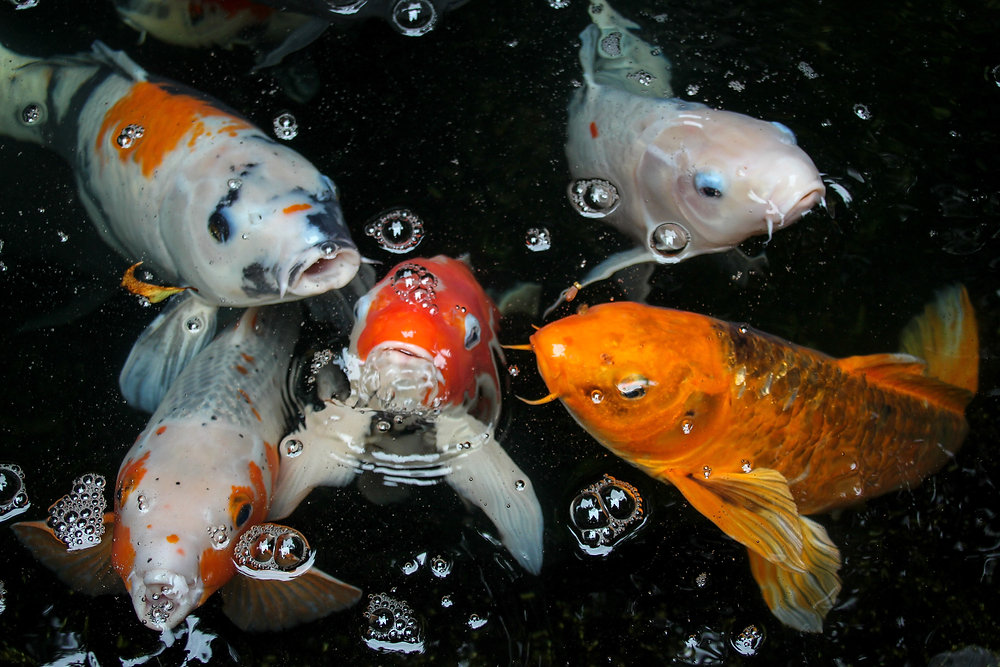
Koi fish are susceptible to several diseases, especially if their environment isn’t maintained properly. Preventing these diseases starts with keeping the water clean and feeding them a healthy diet.
Fin Rot
Fin rot is a bacterial infection that often occurs when water quality is poor.
- Symptoms: Fins appear frayed or torn, and the edges might look white or black.
- Treatment: Improve water quality immediately, and use antibacterial medication if necessary.
Ich (White Spot Disease)
Ich is a parasitic disease that can quickly spread in koi tanks.
- Symptoms: White spots on the body and fins, along with rubbing against surfaces.
- Treatment: Increase the water temperature slightly and treat with ich-specific medication.
Decorating Your Koi Fish Tank
While koi fish are the stars of the show, a well-decorated tank can enhance their environment and keep them engaged.
Substrate Choices
Koi enjoy rooting around in the substrate, so choose something that is safe and won’t cause injury.
Gravel or Sand: Sand or fine gravel works well, as it allows the koi to forage without the risk of sharp edges.
Plants and Decorations
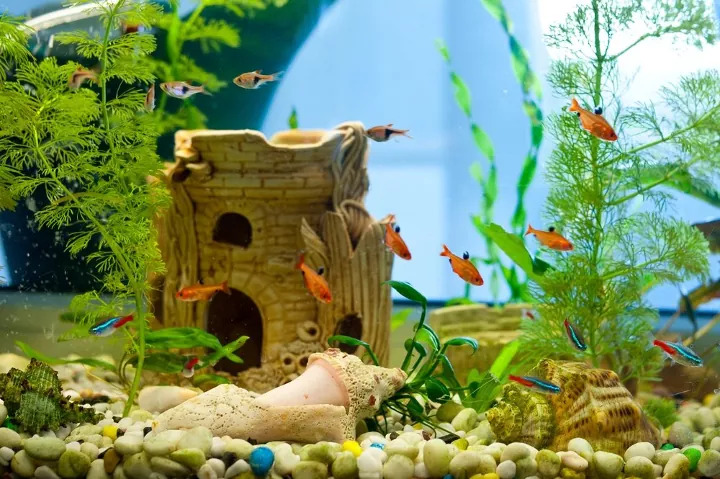
Safe Decorations for Koi Fish: When selecting decorations for your Koi tank, prioritize safety and functionality:
- Smooth, Non-Toxic Decorations: Choose decorations that have smooth surfaces and are made from non-toxic materials. Sharp edges or harmful substances can injure your Koi fish or affect their health.
- Secure Anchoring: Ensure that all decorations are securely anchored to prevent them from moving or causing harm to your fish. This also helps in maintaining a clean and organized tank setup.
Benefits of Live Plants: Incorporating live plants in your Koi tank offers several advantages:
- Water Quality Improvement: Live plants absorb excess nitrates and provide oxygen, contributing to better water quality and a healthier environment for your Koi.
- Natural Habitat: Plants offer hiding spots and create a more natural and stimulating environment for your fish. Suitable plants for Koi tanks include Anacharis, Hornwort, and Java Fern.
Conclusion
Learning how to take care of koi fish in a tank is an enjoyable and rewarding experience when done correctly. By providing a spacious tank, maintaining excellent water quality, and feeding your koi a balanced diet, you’ll ensure they live long, happy lives. Regular maintenance and attention to their environment will keep your koi healthy and thriving, even in an indoor setting. With proper care, koi fish can bring color and life to your home for many years to come.
FAQs
1. How big should a tank be for koi fish?
A koi tank should be at least 100 gallons for one fish, with 50 additional gallons for each extra koi.
2. How often should I feed my koi fish?
Feed your koi 2-3 times a day, but only what they can eat within a few minutes to avoid overfeeding.
3. Can koi fish live with goldfish?
Yes, large goldfish species like Orandas or Shubunkins can live with koi as long as there’s enough space.
4. How often should I clean a koi fish tank?
Perform a 20-30% water change weekly, clean the filter every 2-4 weeks, and vacuum the substrate during water changes.
5. What’s the ideal water temperature for koi fish in a tank?
Koi thrive in water temperatures between 65°F and 75°F (18°C to 24°C).
